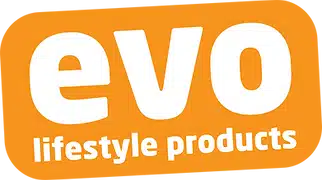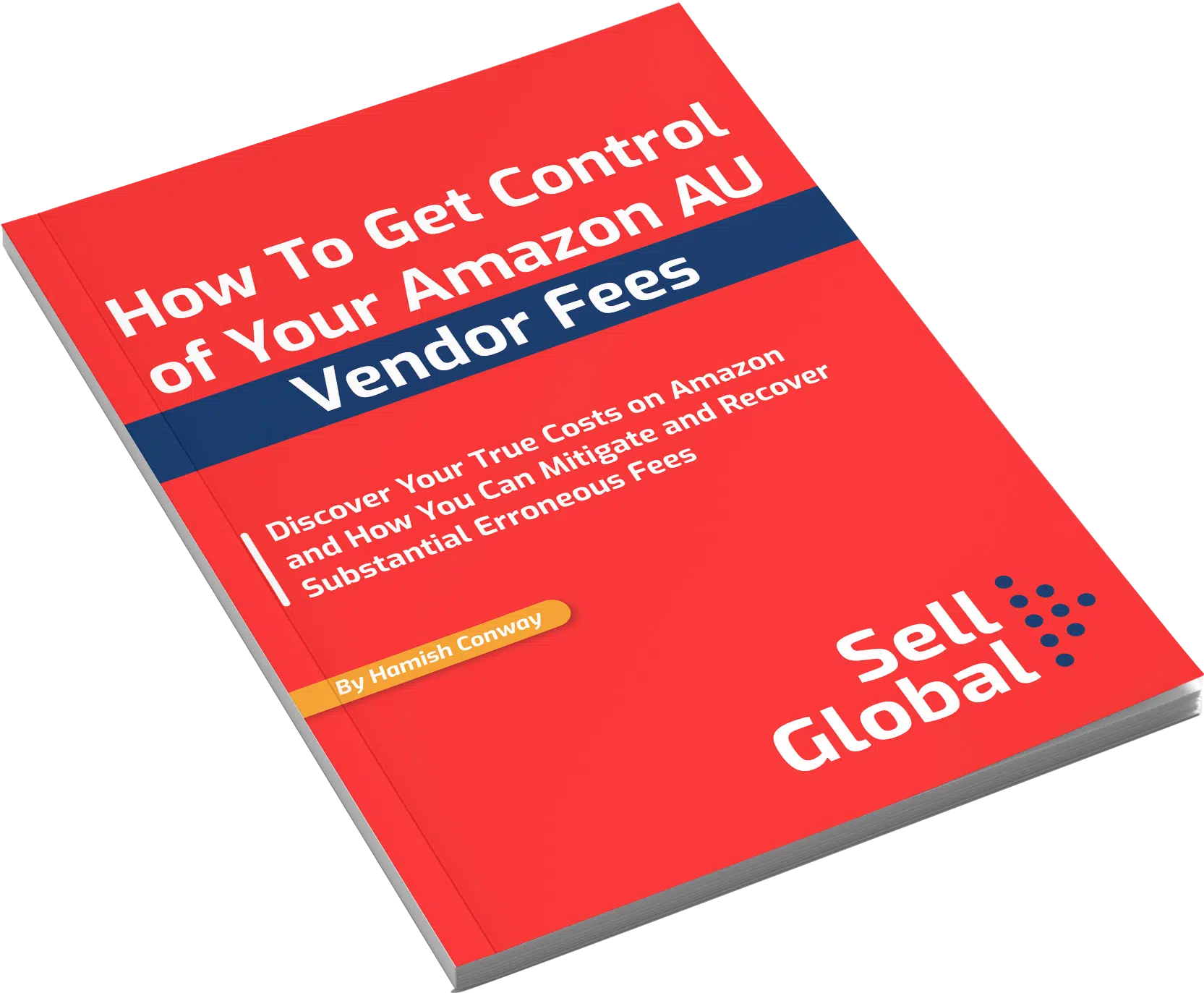Australasia’s Specialist
Amazon Marketing Agency
for Consumer Brands







Sell Global is a Specialist Amazon Marketing and Channel Management Agency for Brand Owners and Distributors of Brands.
Many Clients Come to Us for One of These 9 Reasons.

To develop a clear growth strategy for winning on Amazon while not negatively impacting your other retailers.

To get control of the Amazon channel and make it more profitable.

To have a clear Amazon Ads strategy and feel confident your ad spend is performing.

Increase brand reach and acquire new customers on the channel.

To grow market share and get a step ahead of competitors on the channel.

Gain control over fees and get money back from Amazon.

Reduce frustration and wasted time dealing with Amazon.

To get data insights to make informed decisions.

To outsource Amazon channel management to experts with perspective, skills and capacity to deliver the results.

How to Get Control of Your Amazon Vendor Fees
Increase your channel profitability by quickly getting control of your Amazon vendor fees. This guide is a must read and will show you how you can even get money back from Amazon that you didn’t even realise they owed you.



